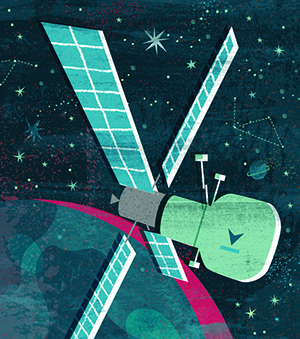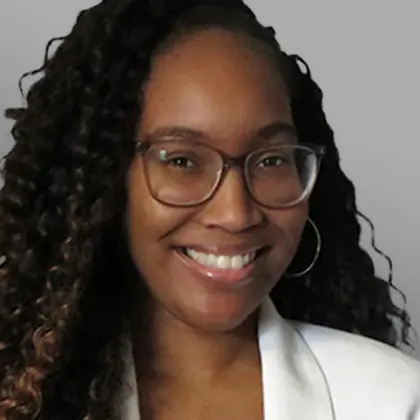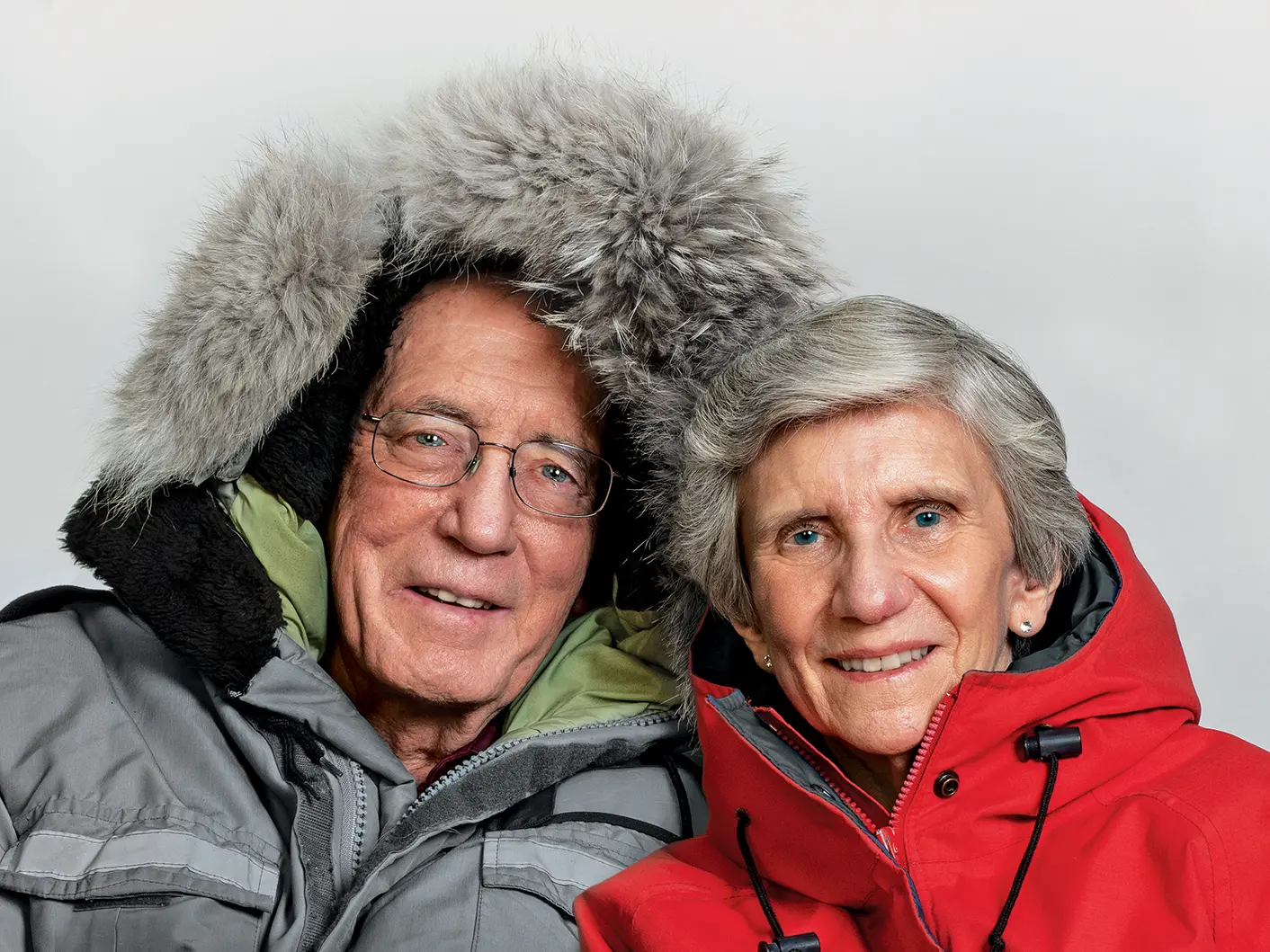One space research lab in orbit, one on campus
Twin science parks will lead to innovative research and inject Ohio State into the space commercialization conversation.

(Illustration by Dante Terzigni)
For senior Cassidy Brozovich, joining the ranks of space explorers used to be a distant dream.
“I always thought space was cool, but I didn’t really think there was a place for me in it,” says Brozovich, who majors in food, agricultural and biological engineering. Her feelings are echoed by many who, before coming to Ohio State, were widely unaware of alternate paths into the space sector.
A new venture will make the wonders of space research even more accessible to the Buckeye community. As part of a collaboration with private space technology companies Nanoracks and Voyager Space, Ohio State soon will become home to a terrestrial analog of the George Washington Carver Science Park, currently operating aboard the International Space Station.
The Ohio State laboratory will focus its research on agricultural, biological and engineering innovations. It also will serve as a training ground for potential astronauts and conduct parallel space research missions on the ground.
In 2027, when the companies launch Starlab, a private commercial space station, the space-based Carver Science Park will be relocated there. Those of us on terra firma won’t have to wait that long; construction of a temporary facility is slated to begin this year in the College of Food, Agricultural, and Environmental Sciences.
Later, a permanent facility — a perfect replica of the science park — will be built on about 10 acres at the Air Transportation and Aerospace Campus, also home to The Ohio State University Airport.
Though it will be a few years before the permanent facility is open for business, many in the community are brimming with excitement over how the addition might change not only the trajectory of their careers but the shape of Ohio’s legacy in the space industry.
“I never knew that space research was something that someone in my major could do until Starlab happened,” says Brozovich, who also is part of a student group that seeks to increase interest in space exploration by helping people in the community get hands-on research experience with the lab.

Like its twin, some of the terrestrial facility’s main components will include labs for biology, plant habitation, and physical science and materials research, as well as an open workbench area. This open-style learning method offers an array of opportunities for younger students, including potential educational benefits for K–12 kids and even future generations that aren’t born yet, says John Horack, Ohio State’s Neil Armstrong Chair in Aerospace Policy.
After years of working with NASA and various space companies to advance human spaceflight, Horack knows well the importance of creating a vibrant research community across both academia and industry.
“There’s a tremendous amount of work that goes on on the ground before anything ever makes its way to space,” says Horack. “And the lion’s share of that work on the ground is going to be done here on our campus.”
Moreover, the addition of the Carver Science Park will place Ohio directly at the heart of the rapidly growing field of space commercialization.
“Now in Ohio, we’ll have a commercial space anchor,” Horack says. “We will be perhaps the only university in the world that can really say part of our campus is, of course, here but another part of our campus is in orbit.”
Earth-bound benefits of space research
Sprawling flora may not be the first things that come to mind when imagining life above Earth, as space is one of the harshest environments for life to grow in.
Those difficulties aside, researchers at the Starlab outpost will be figuring out how to successfully cultivate plants in orbit and commercialize the process. The space research could solve more than a few agricultural issues here on Earth, including streamlining food productivity or putting a stop to food scarcity.
Such advancements would lead to unprecedented implications for agriculture, one of Ohio’s biggest and most influential industries.
“What can we learn in low Earth orbit that can be brought back to Earth and commercialized?” asks Scott Shearer ’81, ’83 MS, ’86 PhD, professor and chair of the Department of Food, Agricultural and Biological Engineering. “What do we learn in space that helps us improve the efficiency of food production, processing and delivery to humans?”
For example, in Ohio, about 30% of the food processed and delivered to consumers is never consumed, Shearer says. Starlab research could inspire new products or services that make it easier to enhance or even extend the shelf life of food products.
Another of Starlab’s research areas involves designing bio-regenerative life support systems, which can help preserve Ohio’s local water quality.
“Some of what’s going on in space will drive our thinking here on Earth in terms of sustainability,” Shearer says. “There are going to be tremendous opportunities for students in Ohio as this commercialization process moves forward.”



